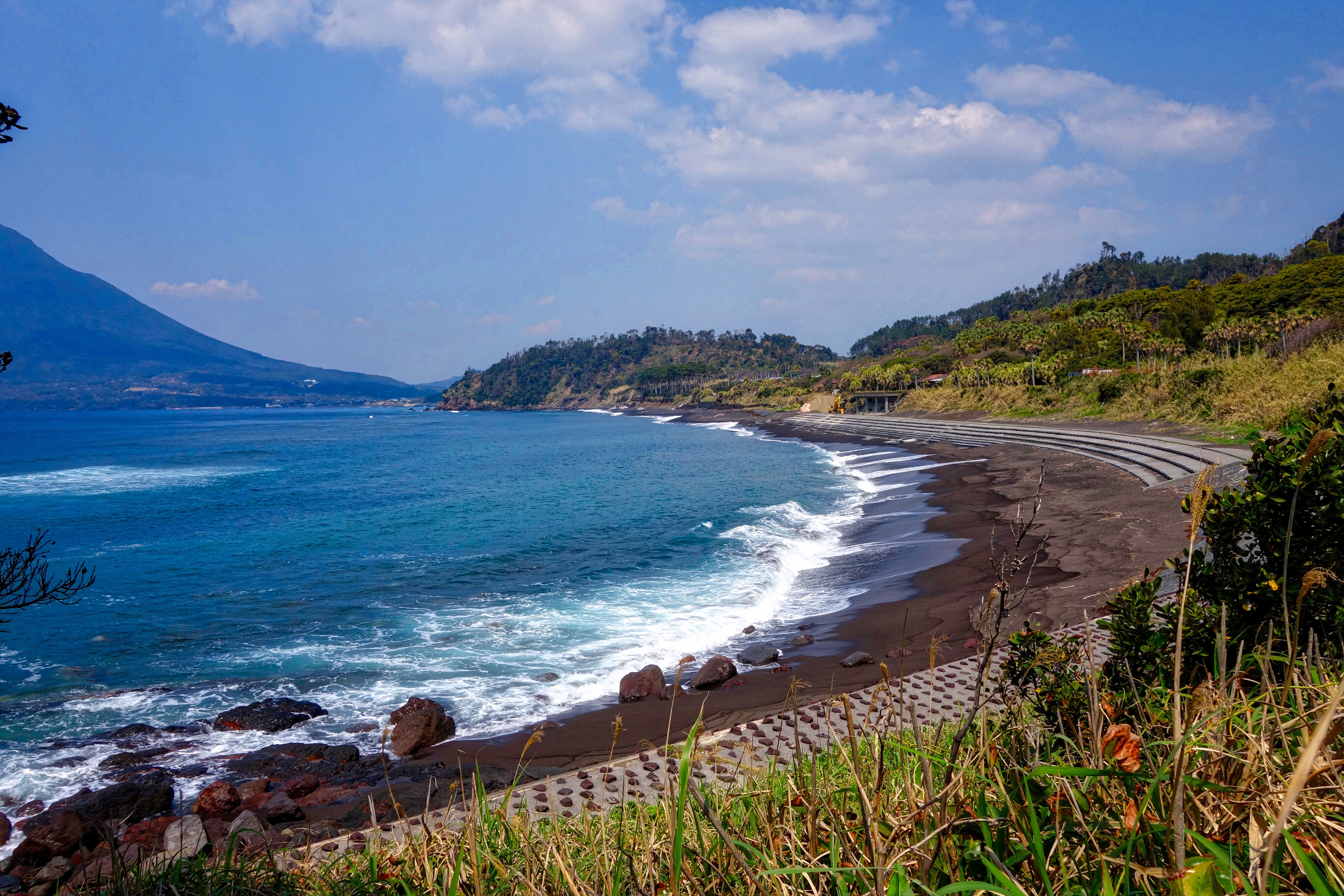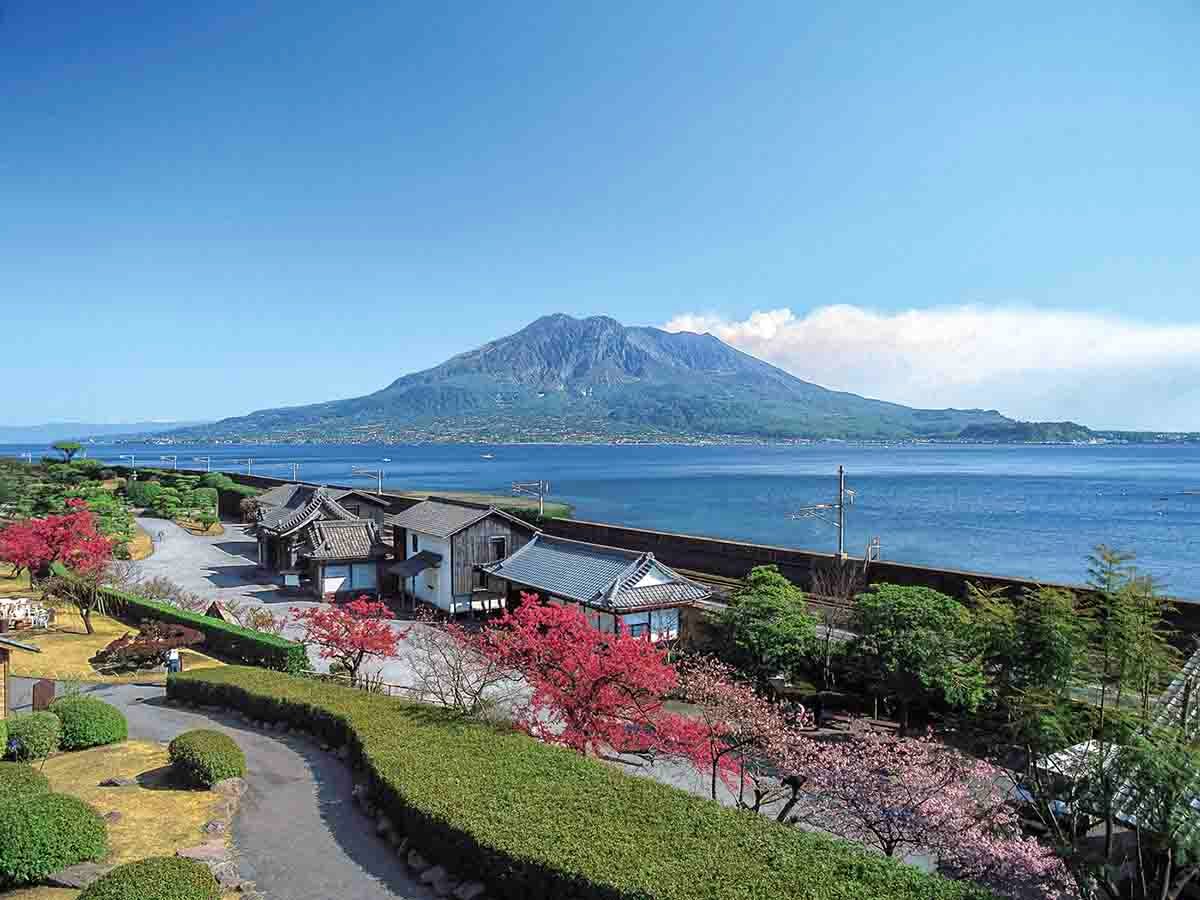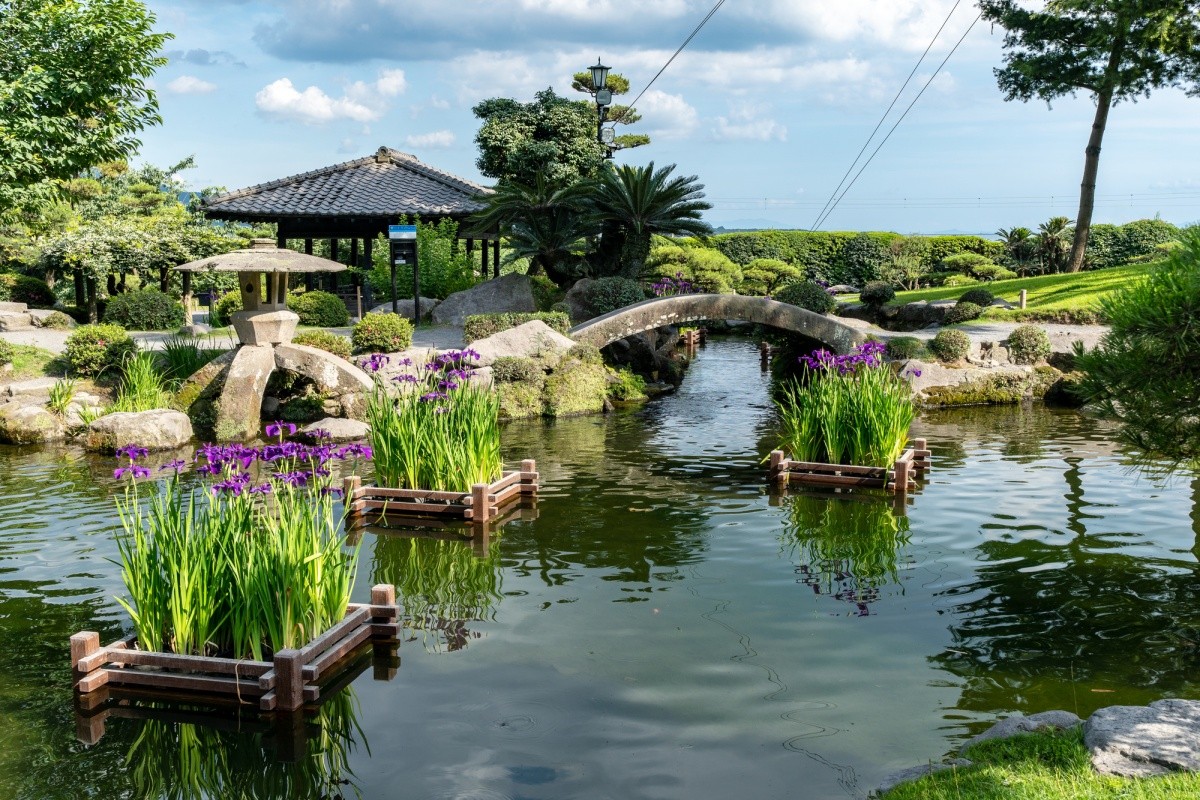Kagoshima: City with kamikaze fame

And indeed, what is unusual about living inside active stratovolcano?
The ancient port city of Kagoshima welcomes guests with thick clouds of soot. Steaming cone of Sakurajima volcanic island off the southern coast of Kyushu occasionally shoots up streams of soot and ash into the azure sky. Every day a ferry brings here noisy crowds of summer visitors, hurrying to the hot springs on the slopes of the fire-breathing mountain. From the Yunohira observation deck there is dramatic view of the south peak Minamidake and luxurious aquarium with diving area, a favourite place for meditation is the lava observatory Arimura. Below stretches uneven field of solidified magma, dotted with whimsically curved black pines resembling hieroglyphs inscribed by brush skilled calligrapher. Photo pexels.com
Photo pexels.com
Due to the surface bedding of thermal waters, Kagoshima vicinities developed agriculture and gardening. The outstanding success of the islanders in the cultivation of fruit is evidenced by former name of the southern part of Kyushu - Satsuma, which means citrus. Currently, local farmers reap harvest two or three times a year. Captivating smell of plum brandy Honbo Shuzo, sweet potato vodka Shōchū lure gourmet into pubs and wine boutiques. The most expensive drinks are bottled in the distillery Galleria Hombo, whose owner adheres to ancient recipes.
In the periods of Heian and Edo, lands of today’s Kagoshima Prefecture belonged to a powerful Shimazu clan, whose fortune was many times bigger than modest reserves of the imperial treasury. To the credit of the samurais, they cared not only about getting their pockets full. Magnificent landscape garden Senganen laid by daimyo Mitsuhisa in 1658, shows the spiritual quests of several generations of the ruling dynasty. In support of the well-known Buddhist thesis about hidden essence of things, garden landscapes create the optical illusion of incredible proportions: Sakurajima seems to be a tiny hill, Kinko Bay looks like a decorative pond. Photo wowu.jp
Photo wowu.jp
The compositions are illuminated by stone lanterns, souvenir vendors line along the paths inspiring passers for wicked thought to squander all the cash for the Satsuma coloured crystal and exclusive ceramics, painted with gold and enamel paints. By the way, the historical pottery factory Iso Onivaiake is within a hand reach. If you wish, you can watch artists at work and take picture of the birth of another masterpiece.
An extensive exhibition of local history and landscape museum Shoko Syuseykan monitors the development of industry and crafts in Kagoshima. A separate room houses a collection of machines which launched industrialization of the country, including the reconstructed reverberatory furnace for smelting of artillery pieces adorning the park alleys. Belated technological revolution has met the expectations: in 1970 Japan became the fourth country in the world to launch into orbit an artificial satellite of the Earth. Four-staged rocket was launched from the spaceport Utinoura, located half an hour drive from the city.
See also: Departure: Satoyama
The technological superiority of Kagoshima is explained by close contact with European culture, that decided the outcome of the campaign against the shogunate, started by Shimazu Hisamitsu supported by Mori and Yamauchi clans. The lively harbour with access to the East China Sea did not initially fit into the strategy of the Tokugawa clan isolationistic policy. In 1549, Prince Takahisa for the first time admitted to the port the ships of the Portuguese missionaries led by the Jesuit Francis Xavier. Farmers were reluctant to listen to the good news, and disillusioned preachers soon moved to Hirado, but arquebus of "red barbarians" left at the disposal of the rulers of Satsuma, later they were enhanced by local craftsmen. Tightly closed window to Europe opened slightly, and after three hundred years it opened widely and noisy, exposing the way to the Meiji Restoration - era of Japanese modernity. Photo allabout-japan.com
Photo allabout-japan.com
In the protracted conflict between reformers and supporters of the feudal system, Kagoshima played an ambiguous role, having overcome a tortuous path from the locomotive of the revolution to the outpost of the reaction. Tellingly, the same figure was in the focus of events. A brilliant military leader Saigō Takamori defeated the army of the Shogun only for one purpose: in a decade, he led obviously doomed Satsuma Rebellion and lost his life on the picturesque mountain Sira-yama. The ramparts of the destroyed castle Tsurumaru still keep traces of bullets fired in the days of the rebellion.
Biography of Takamori became the basis for the acclaimed Hollywood movie The Last Samurai. For the sake of external effect, script writers did not even try to understand the political background and the real motives of the commander, immediately replacing the bright distinctive personality by convenient myth. Want to know the truth about the life and death of the hero? There is a memorial complex Saigo Nancy in the park Nancy Kamitatsuo.Photo eustaciatan.com
Today Kagoshima does not remember past insults and lives to the rhythm of an eternal holiday. Locals love to entertain tourists and enjoy themselves, competing in the art of sand sculpture, arranging spider fights and ceremoniously burning old beach umbrellas to mark the start of the new bathing season.
In November, the best dancers of the Land of the Rising Sun come to the traditional dance competition Ohara Matsuri. Colourful carnival procession on the opening day of the festival are very popular among foreigners. Perhaps, Nietzsche was right: to live at the foot of the volcano might be frightening, but not boring and very samurai-like.
Cover photo silversea.com





















